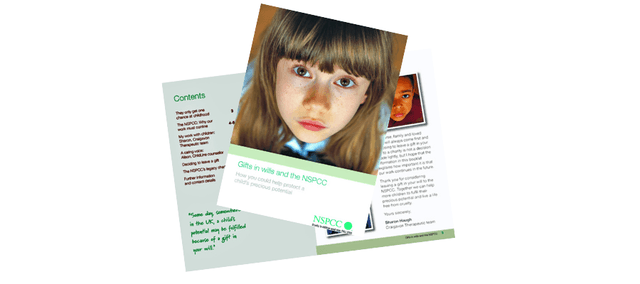Legacy and in memory fundraising
Whether you call them legacies, gifts in wills or bequests – asking a donor to remember your charity, with a gift that lives on beyond their lifetime, is a delicate yet important conversation. In this section we share inspiring examples of how charities have spoken to their donors about legacy and in-memoriam giving. If you have an innovative or successful campaign to share, please let us know.
Just the facts on legacy giving

by Mal Warwick
Rumour has it that legacy gifts account for as much as one-third of the philanthropic income of charities in the UK, or at least of the largest ones. Whether or not that’s an accurate estimate, it’s clear to all observers that legacies account for a far larger share of charitable revenue in the British Isles than they do elsewhere.
Read moreFive ‘must dos’ of bequest fundraising

by Fiona McPhee
In this helpful breakdown of how to set out a legacy fundraising strategy, Fiona insists that it is not just the big brand charities that have the potential to develop a significant legacy income and provides step-by-step advice on how to increase legacy-gifts for your organisation.
Read moreHilda’s suitcase: when’s the right time to discuss leaving a legacy?

by Norma Cameron
Step into SOFII’s archive to explore more insights on legacy giving. We think you’ll love this charming and personal story from Norma Cameron, in Canada, who learned a very important lesson about gift planning from her mum.
Read moreAction on Hearing Loss: put a gift in your will
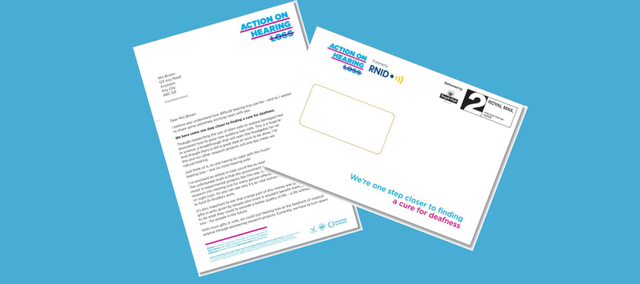
by SOFII
Action on Hearing Loss has calculated that this legacy campaign is likely to generate around £2 million in the future.
Read moreAARP (formerly the American Association of Retired Persons): legacies booklet and newsletter
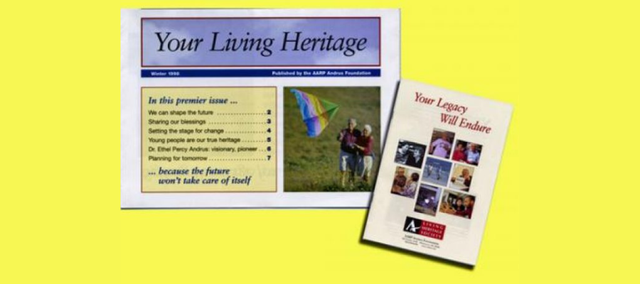
by SOFII
This booklet and newsletter were the centerpiece of a direct marketing legacy promotion programme. Given the huge size of the AARP membership and the substantial range of interests and abilities, Mal Warwick Associates opted to organise the multi-faceted legacy programme illustrated in these materials.
Please note: This exhibit is "under construction"
Read moreLA Gay and Lesbian Center: legacy leadership campaign

by SOFII
The centre created an exceptional legacy programme, combining the best of direct mail and telephone marketing with sensitive cultivation and stewardship techniques.
Read moreIs this the best way to develop bequests?

by Rich Fox
Most organisations are surprised when they receive bequests. Many of the people who leave bequests do not even appear on the organisation’s donor file, and most of the others have been only low value donors for a number of years (and are often lapsed) -- not the kind of people who you might expect to leave a large bequest.
Read moreIn lieu of flowers: how to write lively memorial donation thank-you letters

by Lisa Sargent
Are your in-memoriam donation thank-you letters destined for donor oblivion?
This copywriting clinic looks to help you rescue them from a fate worse than, well… death.
Read moreRhode Island Foundation: why less can be more with the annual report, particularly when it comes to legacies
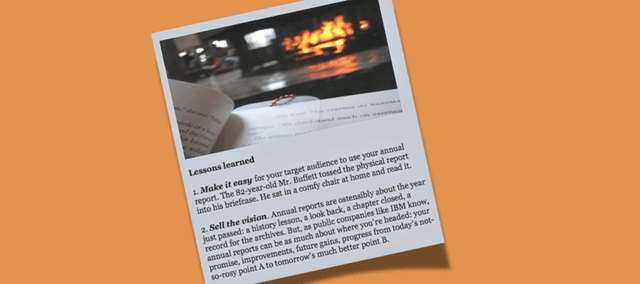
by SOFII
To send or not to send? If you ask your donors if they want to receive your annual report, why do you think they don’t reply? It could be inertia, ‘I’ll do it tomorrow’. Maybe they think they'll be saving you time and money, they’re nice, considerate people after all. By the same token intertia will stop them going to your website to view your report online – and you will never know. If you send a printed copy, you know they have it and might they not be more likely to look at it, if it’s there in their hands? The stories here from Tom Ahern and the Rhode Island Foundatio show the power of the printed word.
Read moreUniversity of South Carolina: ‘We are South Carolina Y’ALL’ (Young Alumni Leaving a Legacy)
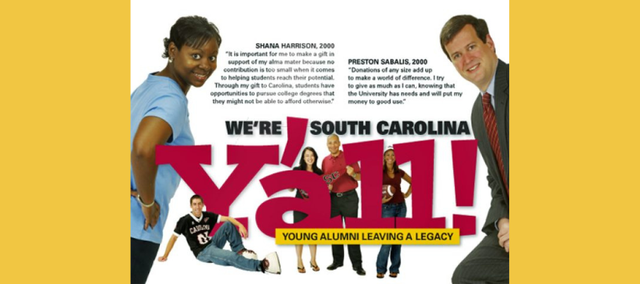
by SOFII
In another piece from our archive, this innovative and engaging alumni fundraising from the University of South Carolina (USC) is a great reminder to the higher education sector that communicating with young people about legacies can and should be done.
Read moreAssociation of International Cancer Research: Inspiring Stories Book
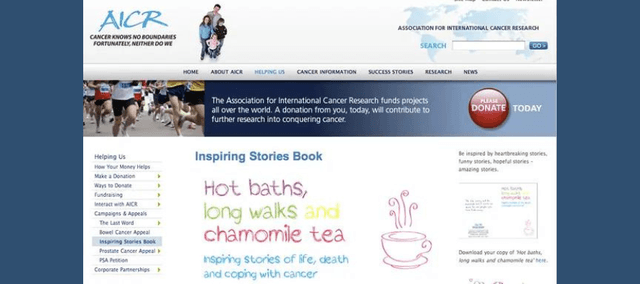
by SOFII
By creating real, personal, one-to-one conversations, AICR not only inspired their supporters, they also made them feel as though they really cared.
Read more

